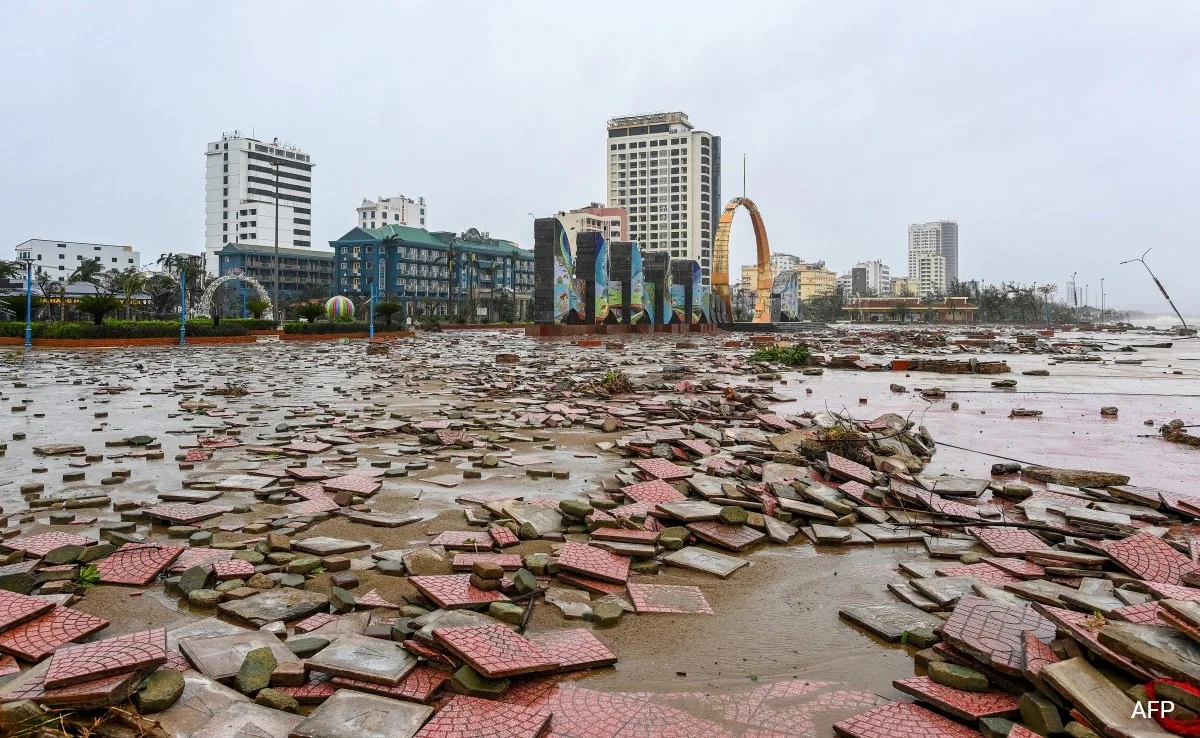Typhoon Bualoi has wreaked havoc in Vietnam, leading to a catastrophic situation that has resulted in at least eight confirmed deaths and left 17 individuals unaccounted for. The powerful storm made landfall, bringing with it torrential rains and fierce winds that have devastated communities and disrupted daily life across large swathes of the country. The typhoon’s impact has been particularly severe in coastal areas, where floodwaters have risen rapidly, inundating homes and infrastructure. Rescue operations are currently underway, as authorities scramble to locate those who are missing and provide aid to affected residents.
In the aftermath of Typhoon Bualoi, the Vietnamese government has mobilized resources to assist in recovery efforts, deploying emergency response teams to the hardest-hit regions. Evacuations have been ordered in several areas, and shelters have been established to provide refuge for displaced families. Many roads have become impassable due to flooding and debris, complicating rescue efforts and hindering the delivery of essential supplies. Relief agencies are working tirelessly to assess the damage and provide food, clean water, and medical assistance to those in need. Despite the challenges posed by the storm, the resilience of the local communities is evident as residents band together to support one another during this difficult time.
The impact of Typhoon Bualoi is a stark reminder of the vulnerability of coastal regions to extreme weather events, which are becoming increasingly common due to climate change. As the nation grapples with the aftermath of this disaster, discussions are likely to arise regarding the need for improved infrastructure and disaster preparedness measures to better protect communities from future storms. While the immediate focus remains on rescue and recovery, the long-term implications of such natural disasters must be addressed to mitigate their effects in the future. The tragic loss of life and the uncertainty surrounding those still missing highlight the urgent need for comprehensive disaster management strategies that prioritize both immediate response and future resilience.




